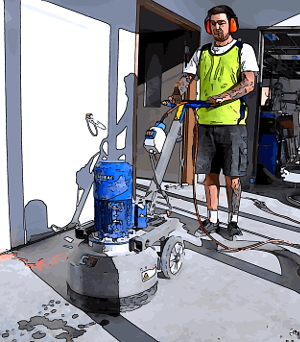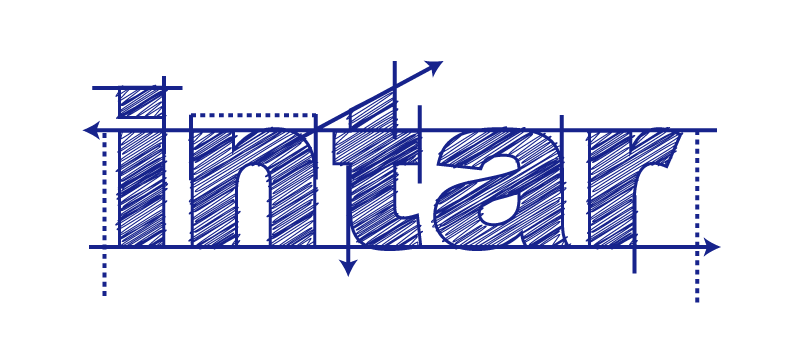Learning outcomes

Once you have identified the overall goals of the training you plan to deliver, you will need to establish the learning outcomes that you want to achieve. A learning outcome is a statement of what the participant should be able to do at the end of each training session or module within a training program. The full set of learning outcomes will describe the skills, knowledge and attitudes necessary to meet all the requirements of the overall program.
To be a worthwhile measure of performance, a learning outcome must be:
- observable - you need to be able to see the results of the training
- measurable - you need to be able to measure the improvement or change in performance
- clear - both you and your students need to know precisely what the learning outcome means in terms of the benchmarks of performance it defines and the scope it covers.
When you're figuring out what the learning outcomes will be for a training session, a good way of reminding yourself to think about them in the above terms is to start each one with:
'At the end of this training session, participants will be able to ...'
Some examples
At the end of this training session, participants will be able to:
- carry out the pre-start maintenance checks required on the relevant machine
- inspect and grease the roller bearings
- count stock levels and complete the stocktake record sheets
- describe the purpose of a safety data sheet (SDS).
Notice that the first word in each of the above phrases is a verb, or 'action' word. This is because the learning outcome needs to show what the learner will be able to 'do'.
Also notice that each of these outcomes is very precise and self-contained. That is, it only states exactly what the learner can do as a result of that session. If a complex job requires a lot of training sessions, it will probably also require a lot of separate learning outcomes.
For example, the skills and knowledge required to operate an excavator in a wide range of situations may require several months of on-the-job training, with each session covering a small self-contained aspect of the overall set of skills.
So your learning outcome would not be: 'At the end of this session, the participant will be able to operate an excavator.' Instead, it would be broken up into the separate elements that you plan to cover in each of the sessions that make up the overall program.

